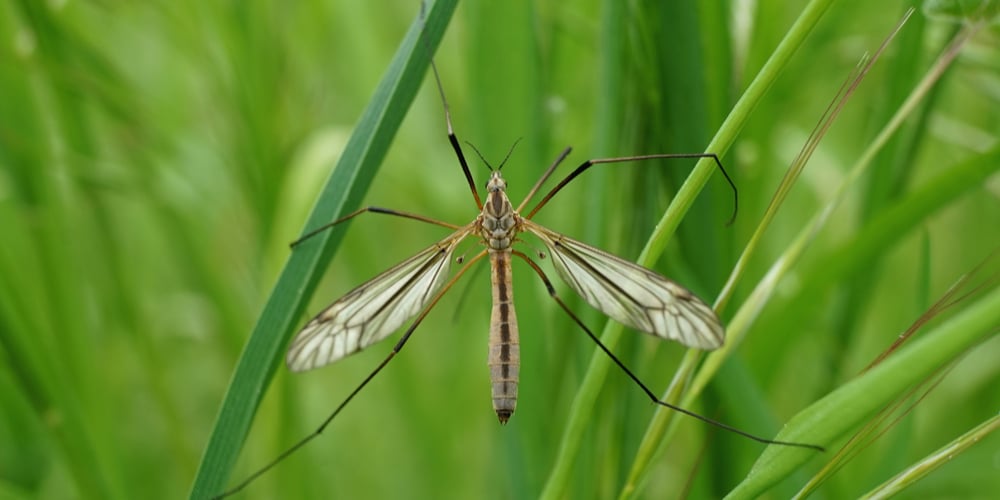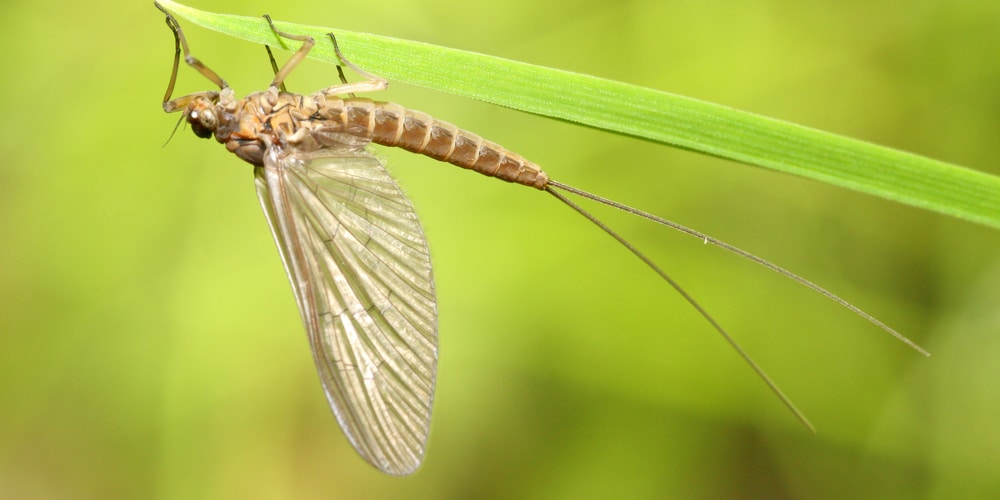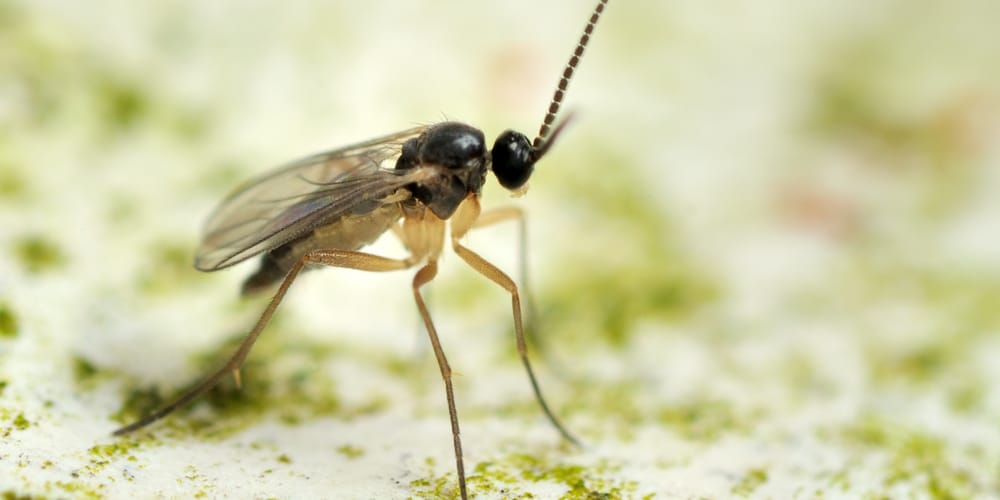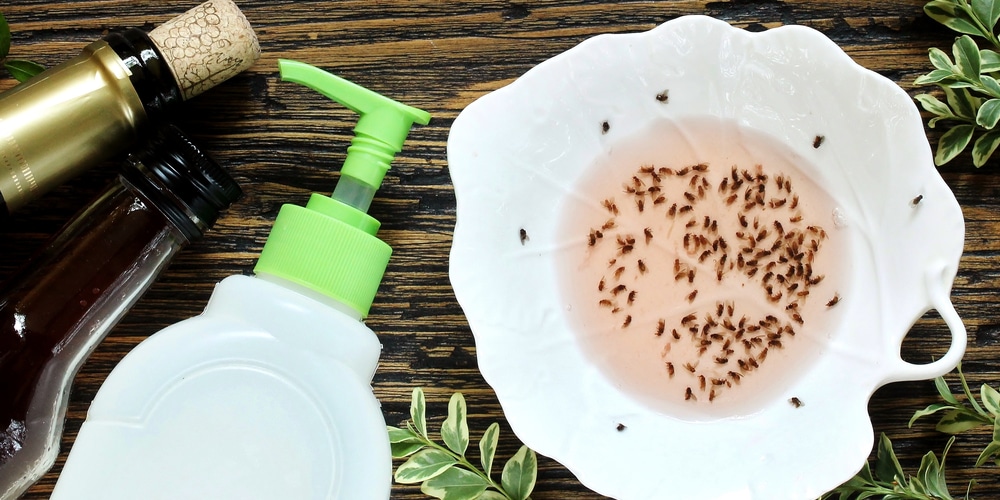Mosquitos are small insects that often bite people and animals and force them to face irritating side effects. They bite because they are attracted and drawn to the carbon dioxide most living beings emit. Let’s look at some of the most common bugs that look like mosquitoes.
What are mosquitoes?
Mosquitos are very common and have over 3,000 different species. Despite their large number it is also likely for you to mistake them with other types of insects that look similar to them.
The main way to distinguish mosquitos from other bugs is by their prolonged tube-like mouths. Mosquitos’ mouths are more elongated than those of most other insects because they use them to withdraw blood from humans and animals.
Bugs that look like mosquitoes
Here’s a list of the most common bugs that look like mosquitoes:
Crane flies
Crane flies are one of the bug types that are most commonly mistaken for mosquitos. They are about one to two inches long and have slender looking tan bodies.
Although these flies are not known to bite or cause bodily harm they can be quite irritating. This is because they may cause things like dead patches of grass on your lawn. This happens because crane flies feed on grass roots.
When trying to eliminate crane flies from your home it is recommended that you use organic, non-toxic sprays.
This is due to the fact that birds often eat crane flies and if they ingest a crane fly that has a ton of chemicals in its system it could cause the bird to feel sick or even possibly die.
Non-Biting Midges
Although non-biting midges look more similar to gnats than they do to mosquitos, it can be difficult to differentiate them at first. They are small flies that are not particularly good at using their wings and are often attracted to bodies of water.
Because of this you can often find them near pools, just like you would mosquitos. Even though they can be quite irritating, these bugs pose little to no threat. This is because they do not bite, just as their name suggests, and do not carry or pass on any sorts of diseases.
In order to get rid of non-biting midges you should remove or alter bright lights from entry places in your home. These places include things such as doors, windows and terraces.
Mayflies
Mayflies are bugs with large eyes, black tails and pale green bodies. The main thing that differentiates mayflies from mosquitos is their wings. They have quite large, prominent, translucent wings. They also prefer freshwater sources while mosquitos are more drawn towards stagnant water.
It is preferred that you don’t try to eliminate mayflies as they cause no harm and are crucial to the ecosystem. This is because they transfer nutrients within food systems and make it easier for higher consumers, such as fish and birds, to access the things they need without struggle.
They also have quite a short lifespan of about a day or two which means that you won’t have to put up with them for long.
Wood gnats
Wood gnats are miniscule insects with lengthy antennas and legs. They are likely to orbitate and float around your head or any items of food you have around you. The biggest problem that arises from wood gnats is the irritation they cause to animals.
This is because they often get into an animal’s eyes and cause them a lot of frustration and overall annoyance. Despite this, they are not very threatening as they do not carry any types of diseases or viruses.
When attempting to get rid of wood gnats, try removing any rotting wood you have around your house or in your yard. This is because decaying wood is where wood gnats prefer to live.
You should also try to reduce lighting near windows and doors as they are very drawn to lights.
Fungus gnats
Fungus gnats are grey or black insects with translucent or clear wings that are somewhat smaller in size compared to mosquitos. They get their nourishment from plant roots and fungi.
Because of this they are likely to cause your plants and greenery to decay and rot. Fungus gnats are also particularly drawn to rotting food and can often be found near places such as compost piles. Despite the small inconveniences they cause, fungus gnats do not cause harm to animals or people.
In order to prevent fungus gnats from causing your garden to slowly wilt away you should try drenching your soil in hydrogen peroxide. The peroxide permanently kills off fungus gnats as soon as they make contact with the soil.
Related Article: Does Lemon Balm Repel Mosquitos?




